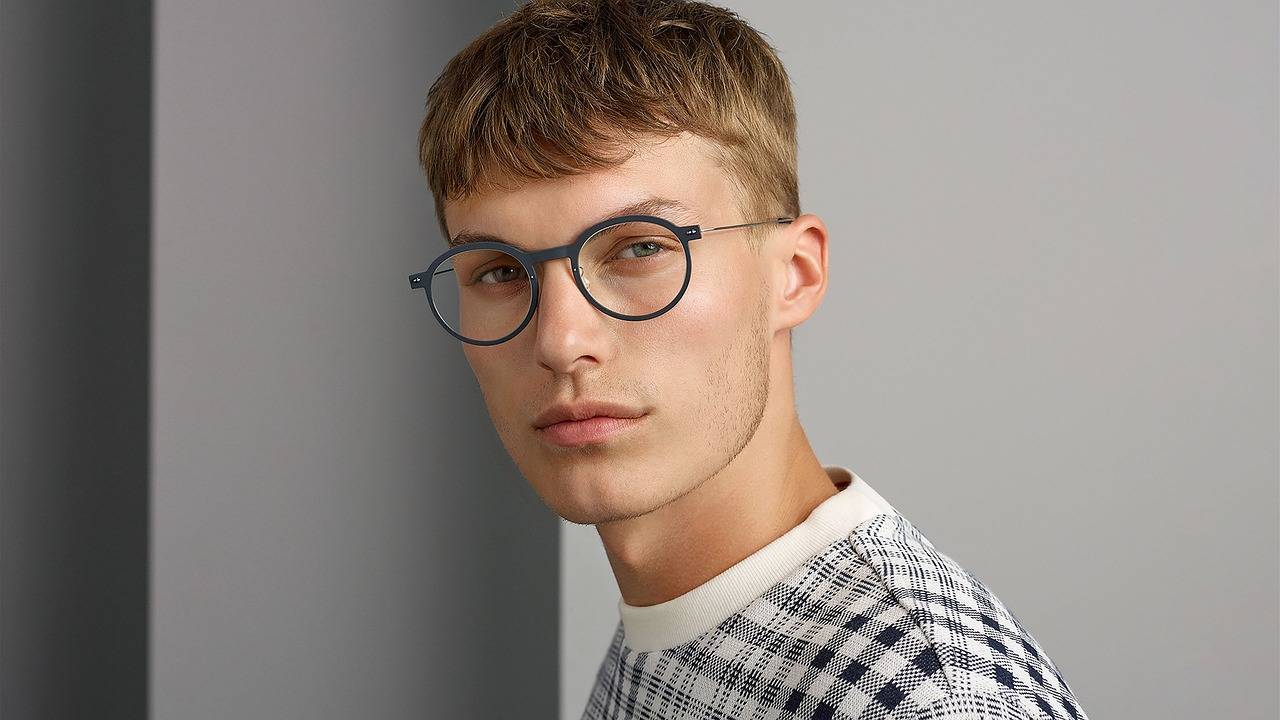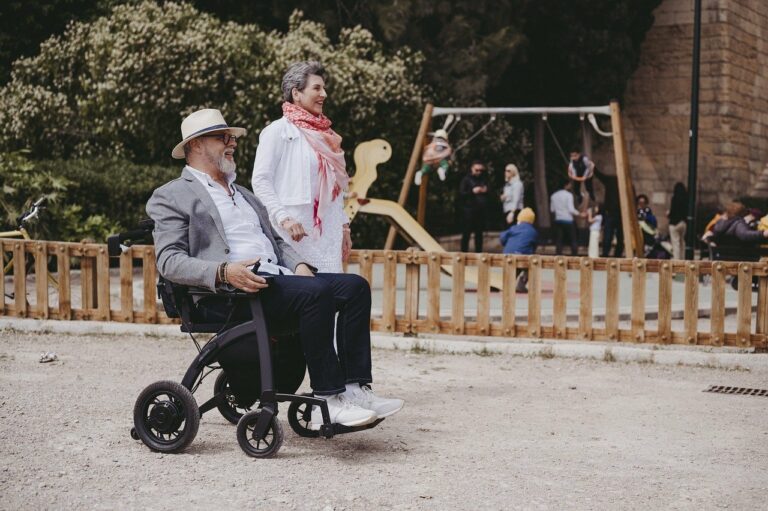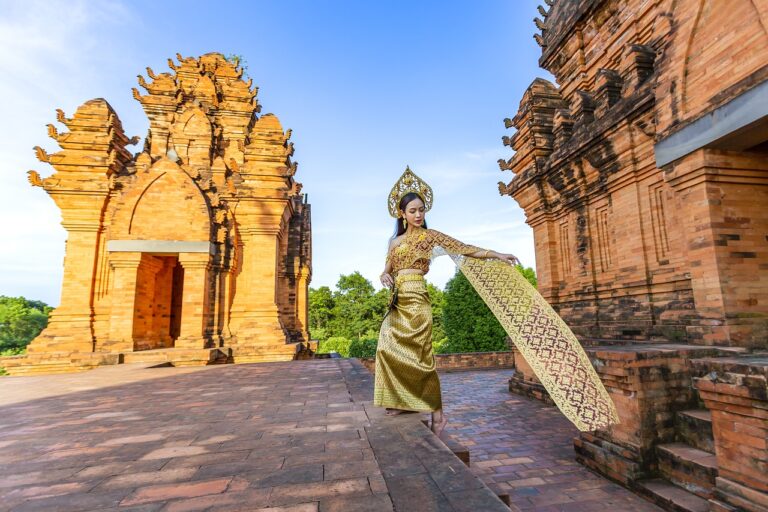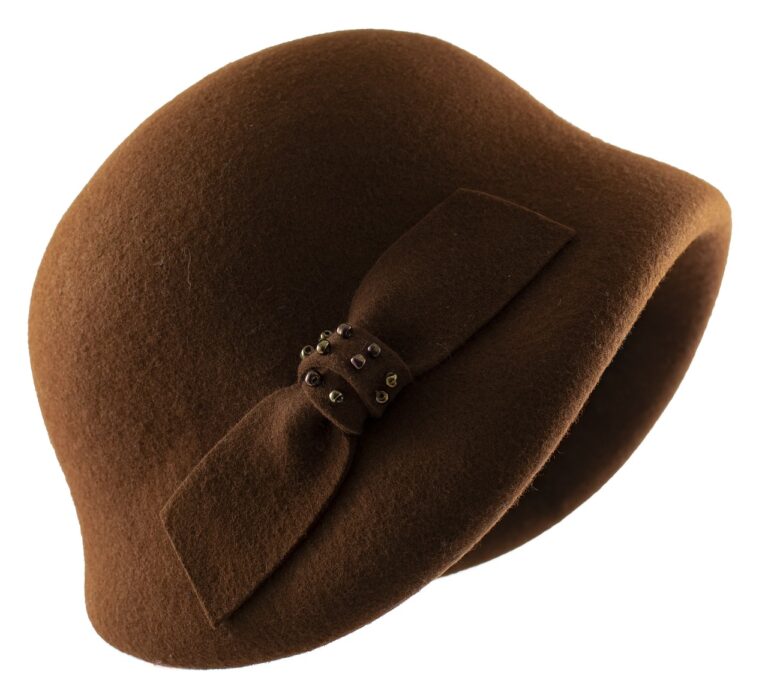The Influence of Vintage Fashion on Contemporary Trends
The roots of vintage fashion can be traced back to the early 20th century when individuals began reviving styles from previous eras. During this time, people started to appreciate the craftsmanship and uniqueness of clothing from bygone times, leading to a resurgence of interest in vintage pieces. The 1920s and 1930s saw a particular rise in the popularity of vintage fashion, as individuals sought to stand out from the mass-produced clothing of the time.
As the years progressed, vintage fashion continued to evolve, with each decade bringing its own set of trends and influences. The 1960s and 1970s, in particular, saw a renaissance of vintage fashion, with the rise of bohemian and hippie styles becoming mainstream. These decades marked a turning point in how vintage fashion was viewed, shifting from a niche interest to a widely embraced cultural phenomenon.
Key Characteristics of Vintage Fashion
Vintage fashion is known for its timeless elegance and attention to detail. Pieces often feature high-quality materials and impeccable craftsmanship, showcasing the superior quality of garments from past eras. This emphasis on quality over quantity is a key characteristic that sets vintage fashion apart from modern trends.
Another defining feature of vintage fashion is the incorporation of unique and eye-catching design elements. From intricate embroidery to bold prints, vintage pieces often showcase creativity and individuality in their styling. This emphasis on originality and flair allows vintage fashion to stand out and make a statement in a sea of mass-produced clothing items.
Popular Decades in Vintage Fashion
The 1920s mark the beginning of vintage fashion, often referred to as the “Roaring Twenties.” This era was characterized by the rise of flapper dresses with dropped waists, fringe details, and art deco embellishments. Women embraced a more relaxed and liberated style, with silhouettes becoming looser and hemlines shorter.
Moving into the 1950s, fashion shifted towards a more polished and feminine look. The hourglass figure was celebrated, and women often wore full skirts, fitted blouses, and tailored suits. This decade also saw the popularization of the iconic poodle skirts and cat-eye glasses, reflecting the optimism and prosperity of the post-World War II era.





